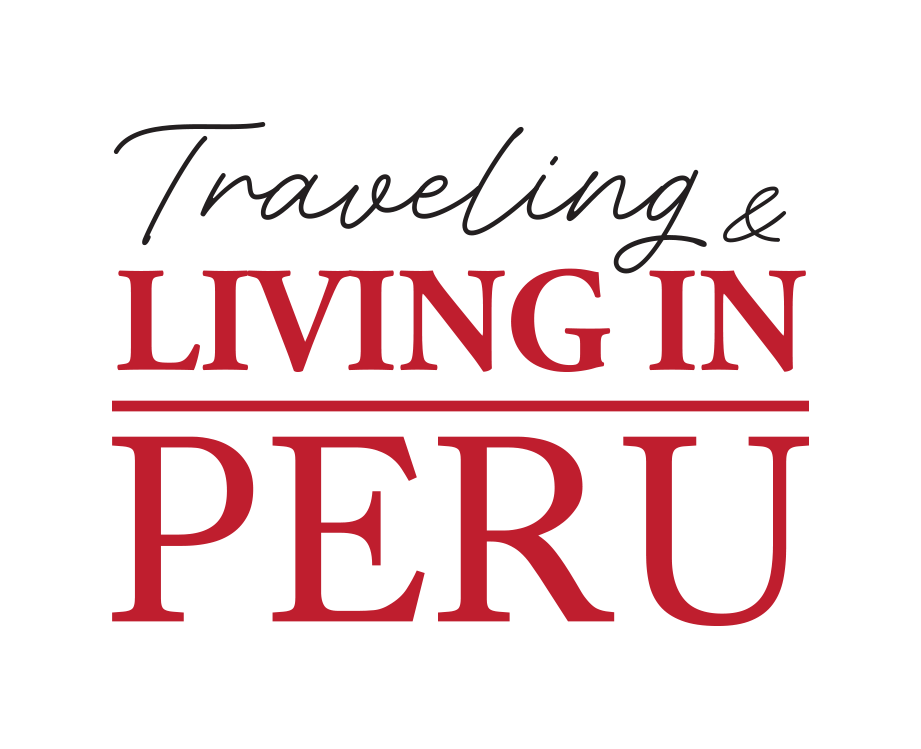The inhabitants of the Andes have been domesticating potatoes for thousands of years. Chuño is one variety that can last up to 20 years.
In the Andean region in November and December it is almost impossible to obtain fresh food, potatoes come to the rescue, but not without thanking chuño.
“From ancestral times the chuño is a guarantee for not going hungry at 3,500 meters”, Territorio Ancestral published.
Chuño is derived from dehydrating frost-resistant potatoes. The process allows for 100 grams of the tuber to result in a 20-gram chuño. “In other words, about 80% of the water it contains is eliminated in the production process,” said Alberto Salas, a Peruvian specialist in genetic diversity.
Not only does Chuño have an important nutritional component, but because of its lightweight, it is very easy to transport, which has become a powerful commercial weapon for the people in the Andes.
“Salas shared that during a trip to Puno in the 1980s, he met a family who said they kept chuños in an old pantry that their grandparents made, and believed to be 20 years old,” the aforementioned website said.
Chuño is prepared in the months of June and July, in the middle of winter in the southern hemisphere, when temperatures begin to fall at night to -5 degrees Celsius.
Cover photo: Tanya/Flickr


